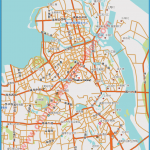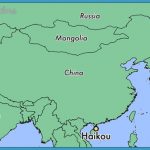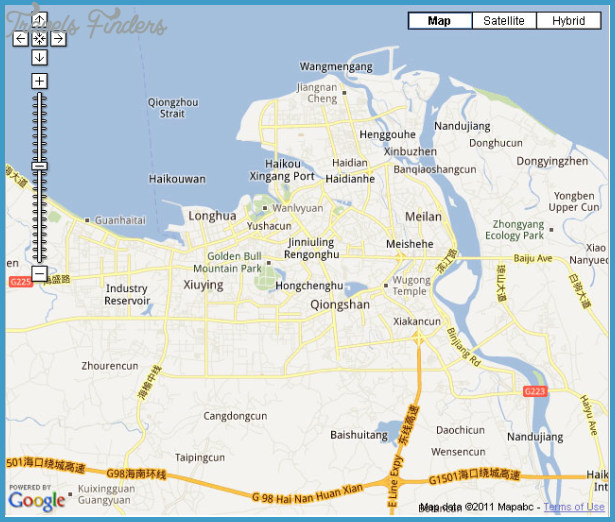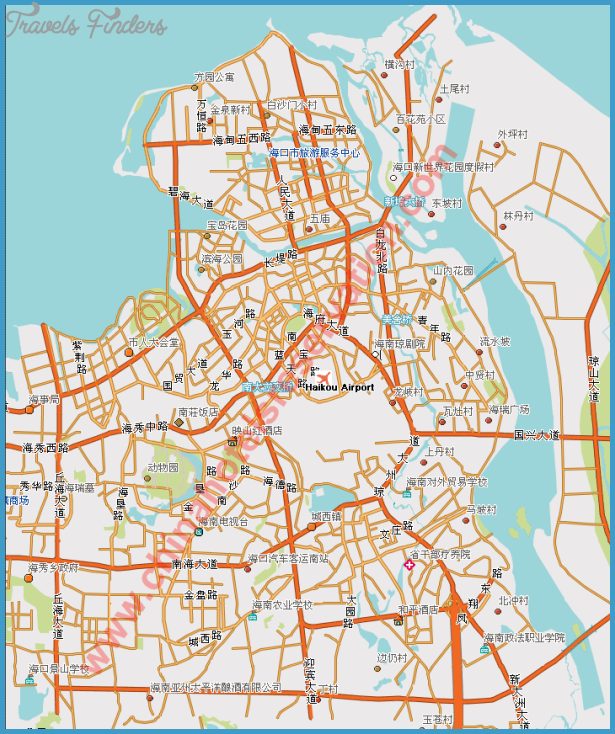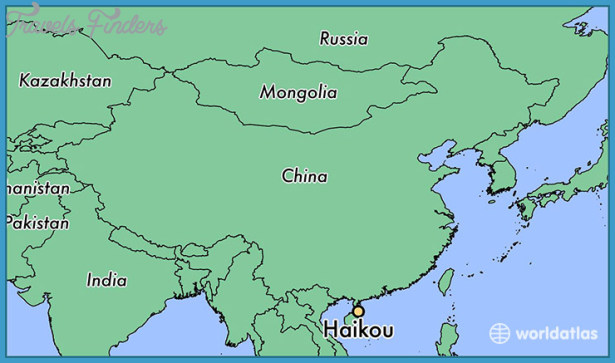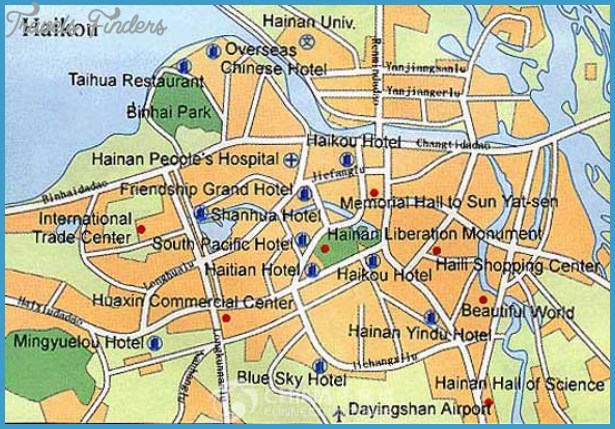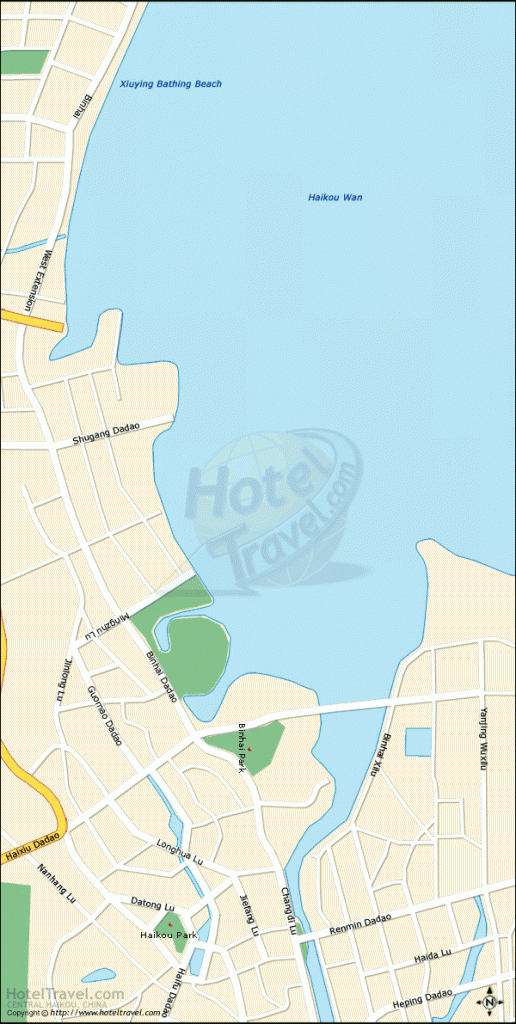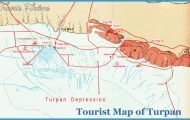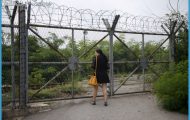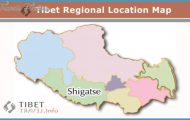Capital of Hainan Province
Area: 218sq.km/84sq. miles. Population: 290,000
Haikou lies at the northern end of Hainan Island, at 100°18’E and 20°01’N.
There are air flights to Haikou from Canton, Beijing, Shanghai and other Chinese cities.
Haikou was known as a port back in the Song period (960-1279). Between 1911 and 1926 it rapidly grew into a modern town.
Today Haikou is the political, economic and cultural centre of Hainan province as well as being a major port and traffic hub.
This temple on the southern edge of the town was built in 1889 in memory of five statesmen from the Tang and Song period (618-1279) who had been banished to Hainan Island. On a stone tablet in front ofthe temple visitors can see the relevant legend written by the Song Emperor Huizong (1082 1135), who was famous as a calligrapher.
Near the Temple ofthe Five Dignataries stands the Temple of Su Shi, which was built in 1617, on the foundations ofthe Monastery ofthe Golden Millet (Jinsu An), in memory of the famous poet Su Shi, who spent some time here in 1097.
The two fountains which the poet Su Shi caused to be built here are still standing. They are called the Fountain ofthe Cleansing ofthe Heart (Xixin Quan) and the Fountain ofthe Floating Millet (Fusu Quan).
The Temple of the Two Dignataries stands on the same site as the Temple of the Five Dignataries. The dignataries referred to are Hai Rui, a minister during the Ming dynasty (1368-1644), and his contemporary, the philosopher Qui Xun. Both were born near Haikou.
The Tomb of Hai Rui lies close to the village of Binya near Haikou. In 1566 Hai Rui (1514-87), a minister at the Ming court, was bold enough to accuse the Emperor of neglecting affairs of state and devoting too much of his time to Taoism. This foolhardy act resulted in several years imprisonment. Shortly after his release he was again stripped of all office because he criticised a number of ministers and generals.
The harsh criticism directed by Mao Zedong against Wu Hans’ play “The Removal from Office of Hai Rui” marked the beginning of the Cultural Revolution (1966-76).
Built in 1710, Qiongtai Shuyuan Academy, in the small town of Qiongshan just south of Haikou, originally comprised several buildings. Today, however, only the Red Building (Hong Lou) remains; it houses a teacher training establishment.


